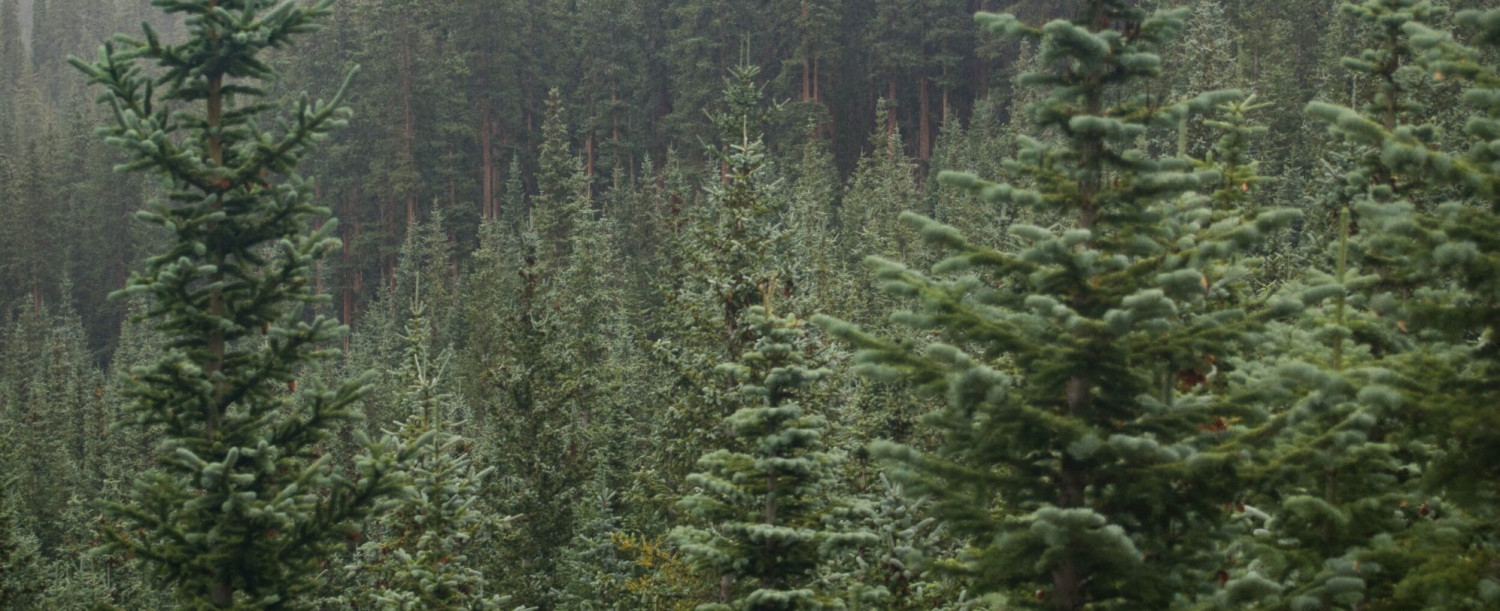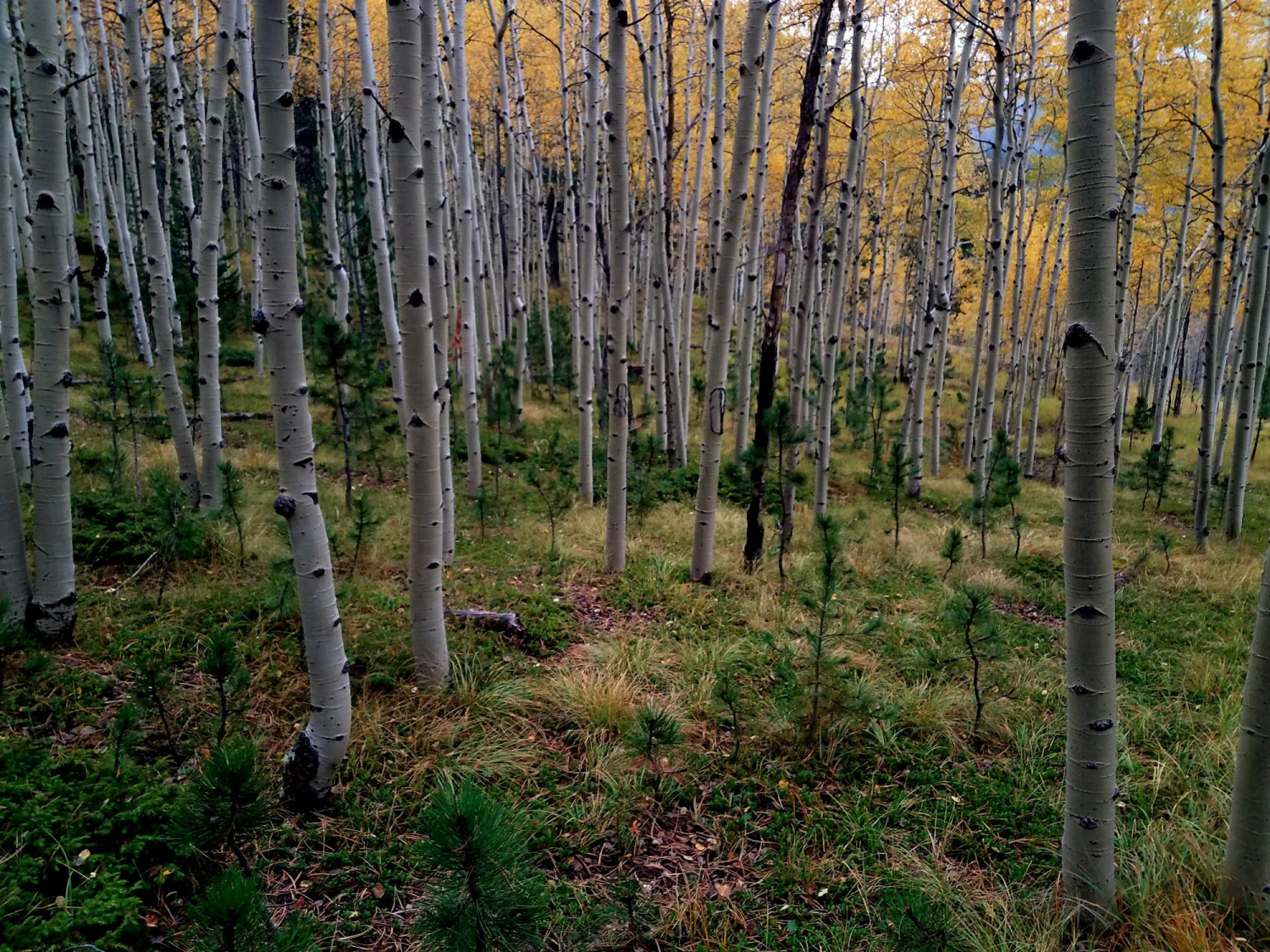
Choose a Licensed and Insured Tree Company
Hire us for residential and commercial tree services in the Colorado Springs & Monument, CO areas
GET IN TOUCH

Your yard is a reflection of you. So keep it in the best shape possible by turning to Garrett Tree Service. We offer an array of residential tree services in the Colorado Springs & Monument, CO areas. Whether you need someone to take care of tree trimming or removal, we've got you covered. Call us today to check our availability for hazardous tree removal services.

With over 10 years of experience, we have the skills needed to treat your trees with care. You can hire us for:
No matter what type of tree project you've got in mind, our team can handle it.
At Garrett Tree Service, we strive to be the leading local provider of residential tree services. We aim to reach this goal by: